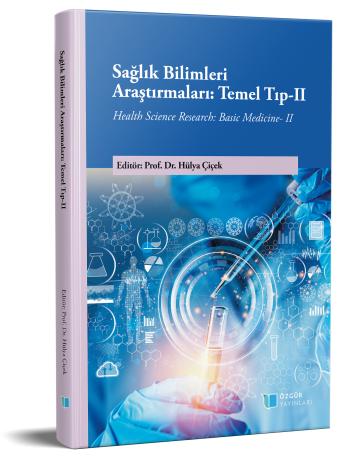
An Overview of Intracytoplasmic Sperm Injection (ICSI): Its Development and Popularity
Chapter from the book:
Çiçek,
H.
(ed.)
2023.
Health Science Research: Basic Medicine II.
Synopsis
Assisted reproductive technology (ART) is widely used in infertility treatments to achieve pregnancy. This technology includes in vitro fertilization (IVF) and microinjection (Intracytoplasmic Sperm Injection-ICSI) procedures. Today, ICSI is the most commonly used fertilization method for both severe male factor infertility and non-male-induced infertility in many laboratories all over the world. In this method, a sperm cell is injected into the cytoplasm of an oocyte cell under a microscope with a micromanipulator attached. Although it is a popular method of insemination, it has various indications. In ART treatments, gametes and zygotes are exposed to a non-physiological treatment and culture medium. It is known that this process and environment that they are exposed to can affect the epigenetic properties of male and female gametes and may negatively affect the early embryogenesis process. While most children born with the ICSI method appear healthy, there are concerns about the safety and overuse of this technology. When the health status of children born with ICSI is analyzed to date, it has been suggested that children born with ICSI have more congenital malformations, epigenetic disorders, chromosomal anomalies, psychological and neurological developmental disorders than children born naturally. However, it is still unclear how much of the observed adverse outcomes are related to parental factors or ICSI. In this review, we aimed to discuss the ICSI method, its development and data on epigenetic risks in the light of literature information.

